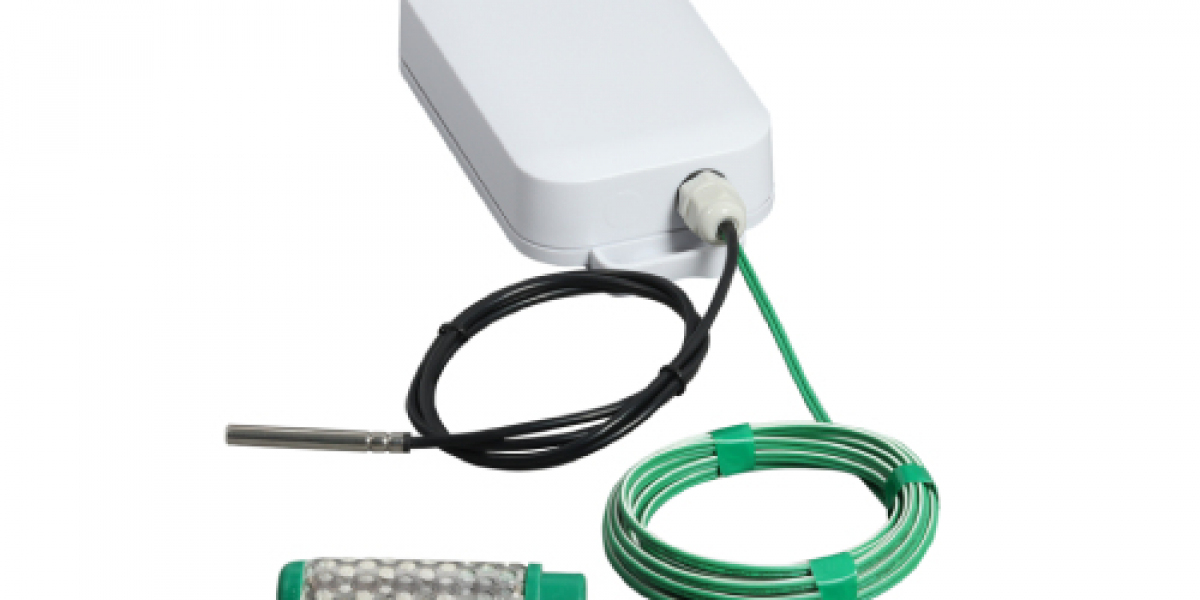In the evolving landscape of workforce management, the integration of advanced technologies is pivotal for enhancing operational efficiency. LoRaWAN sensors have emerged as a revolutionary tool in this domain, offering businesses a powerful solution for employee monitoring. This article explores how LoRaWAN sensors can be leveraged to optimize employee tracking, improve productivity, and ensure effective management in various work environments.
What Are LoRaWAN Sensors?
LoRaWAN (Long Range Wide Area Network) sensors are designed for long-range, low-power wireless communication. They are a critical component of Internet of Things (IoT) solutions, enabling devices to communicate over vast distances with minimal energy consumption. This technology is particularly beneficial for applications that require reliable, long-range connectivity and extended battery life.
Key Features of LoRaWAN Sensors
- Long-Range Communication
LoRaWAN sensors provide communication over several kilometers, making them ideal for large facilities, campuses, or remote locations. This extensive range ensures that data from sensors placed in various locations can be transmitted effectively, regardless of the size or complexity of the environment. - Low Power Consumption
One of the standout features of Employee Tracking System is their low power consumption. These sensors are designed to operate for years on minimal battery power, reducing the need for frequent maintenance or battery replacements. This efficiency is crucial for maintaining operational continuity and reducing long-term costs. - Scalability
LoRaWAN networks are highly scalable, allowing businesses to add new sensors and devices as needed without significant infrastructure changes. This scalability makes it easy to expand monitoring capabilities and adapt to evolving business needs. - Cost-Effectiveness
The cost-effectiveness of LoRaWAN sensors stems from their low power requirements and long-range capabilities. This technology reduces the need for expensive infrastructure and minimizes operational costs, making it an attractive option for businesses seeking to optimize their monitoring systems.
Applications of LoRaWAN Sensors in Employee Monitoring
1. Real-Time Location Tracking
LoRaWAN sensors can be used to track the real-time location of employees within large facilities or across expansive outdoor areas. By deploying these sensors strategically, businesses can monitor employee movements, ensure they are in designated areas, and optimize workflows based on real-time location data.
2. Asset and Equipment Tracking
In addition to monitoring employee locations, LoRaWAN sensors can track assets and equipment used by employees. This application helps ensure that valuable resources are accounted for, reduces the risk of loss or theft, and streamlines inventory management.
3. Environmental Monitoring
LoRaWAN sensors are capable of monitoring various environmental conditions, such as temperature, humidity, and air quality. By integrating these sensors into employee monitoring systems, businesses can ensure that work environments meet safety standards and maintain optimal conditions for productivity and health.
4. Health and Safety Monitoring
Employee health and safety are paramount in any workplace. Worker Tracker System can monitor conditions such as exposure to harmful substances, temperature extremes, or potential hazards. This monitoring helps ensure that employees are working in safe conditions and allows for timely interventions if safety thresholds are exceeded.
5. Workflow Optimization
By analyzing data collected from LoRaWAN sensors, businesses can gain insights into employee workflows and identify areas for improvement. For example, tracking the movement of employees and equipment can reveal inefficiencies in processes or highlight opportunities for optimizing resource allocation.
Benefits of Using LoRaWAN Sensors for Employee Monitoring
1. Enhanced Visibility and Control
LoRaWAN sensors provide businesses with enhanced visibility into employee activities and environment. This increased visibility allows for better control over operations, enabling managers to make informed decisions and address potential issues proactively.
2. Improved Productivity
Real-time monitoring and data analysis help identify inefficiencies and areas for improvement. By leveraging LoRaWAN sensors to track employee performance and workflow, businesses can implement strategies to boost productivity and streamline operations.
3. Increased Safety
Monitoring environmental conditions and potential hazards ensures that employees are working in safe conditions. LoRaWAN sensors help maintain a safe work environment by providing real-time data on safety-related factors and facilitating timely interventions.
4. Cost Savings
The cost-effectiveness of LoRaWAN sensors results in significant savings for businesses. Their low power consumption, long-range capabilities, and scalability reduce the need for expensive infrastructure and minimize ongoing operational costs.
5. Scalability and Flexibility
LoRaWAN networks are highly scalable, allowing businesses to expand their monitoring capabilities as needed. This flexibility ensures that the monitoring system can grow and adapt to changing business requirements without requiring major overhauls.
Implementing LoRaWAN Sensors in Your Monitoring System
1. Assess Your Needs
Before implementing LoRaWAN sensors, assess your specific monitoring needs and objectives. Determine the key metrics you need to track, such as employee locations, environmental conditions, or equipment usage.
2. Choose the Right Sensors
Select LoRaWAN sensors that match your monitoring requirements. Consider factors such as range, battery life, and environmental compatibility to ensure the sensors are well-suited for your application.
3. Integrate with Existing Systems
Ensure that the LoRaWAN sensors can be integrated seamlessly with your existing monitoring and management systems. This integration allows for efficient data collection and analysis, providing a comprehensive view of your workforce and operations.
4. Monitor and Analyze Data
Regularly monitor the data collected by LoRaWAN sensors and analyze it to gain insights into employee performance and environmental conditions. Use this data to make informed decisions and implement improvements.
5. Review and Adjust
Continuously review the effectiveness of your monitoring system and make adjustments as needed. As your business evolves, adapt the system to meet new requirements and ensure ongoing efficiency.
Conclusion
LoRaWAN sensors offer a transformative solution for employee monitoring, providing long-range communication, low power consumption, and cost-effective deployment. By harnessing the capabilities of these sensors, businesses can enhance visibility, improve productivity, and ensure a safe and efficient work environment. Integrating LoRaWAN sensors into your monitoring system enables you to optimize operations and achieve long-term success.









